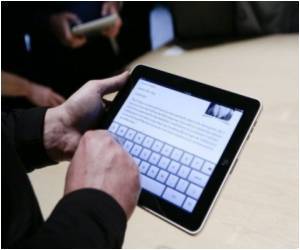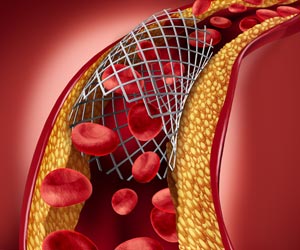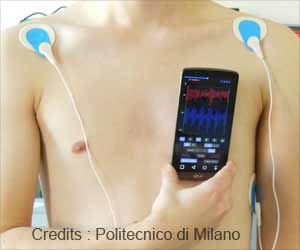According to a study, while the iPad® is being used for intraoperative procedure guidance and more, the majority of radiology residents are using it primarily as an educational tool.

A total of 38 radiology residents in the radiology program at Beth Israel Deaconess Medical Center in Boston were provided with iPad 2 tablets and subscriptions to e-Anatomy and STATdx. After six months of device use, residents were surveyed to assess their opinions regarding the technology as a tool for education and clinical practice.
A total of 36 residents completed the survey. Eighty-six percent reported daily iPad use. Radiology-specific applications, particularly e-Anatomy, were used weekly or daily by 88 percent of respondents. Most preferred to read journal articles on the iPad, but the number of respondents preferring to read textbooks on the iPad compared with the traditional bound form was evenly divided. Residents were also divided on the clinical utility of the iPad. Most had not used the iPad to view radiologic examinations. Fewer than half used their iPads during readout. Finally, only 12 percent had used the iPad to sign dictated reports.
"The impact of the iPad on the daily clinical duties of radiology residents in our study was limited, but residents at our institution have adopted the iPad to view electronic journals and use radiology-specific applications. The full impact of this device on resident education will depend on the development of applications that harness the unique ability of this medium for training the next generation of radiologists," said Kung.
Source-Eurekalert










